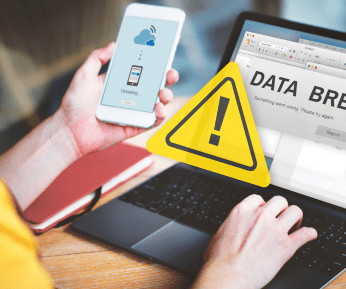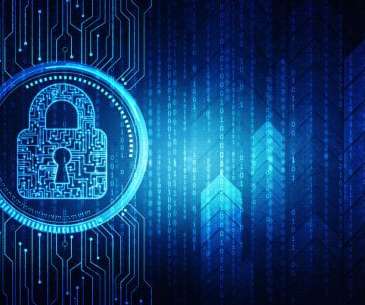Data Breaches 101: What They Are And How To Prevent Them
VISTA InfoSec
FEBRUARY 25, 2024
They take advantage of vulnerable software, stolen credentials, tricked employees, business partner access, unencrypted transfers, and even insider threats to penetrate networks. Skilled hackers use sophisticated tools to exploit the slightest weakness in defenses.











Let's personalize your content